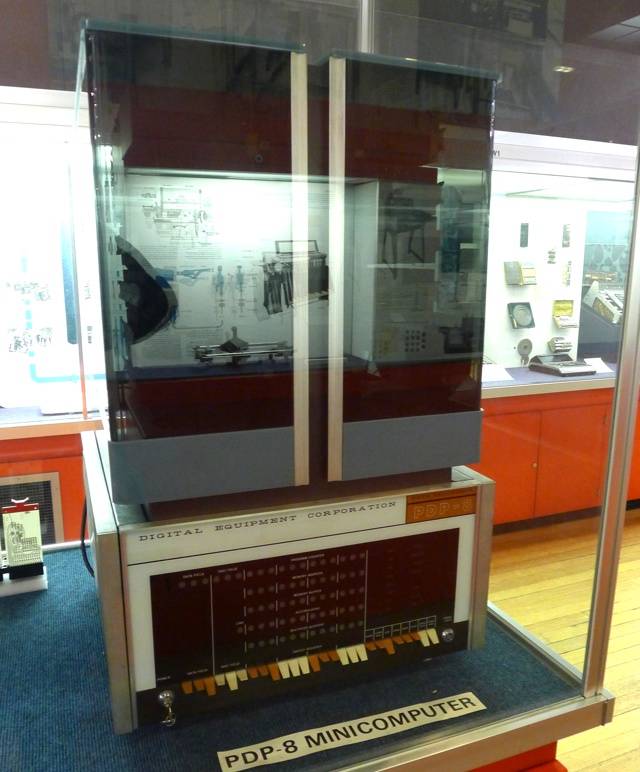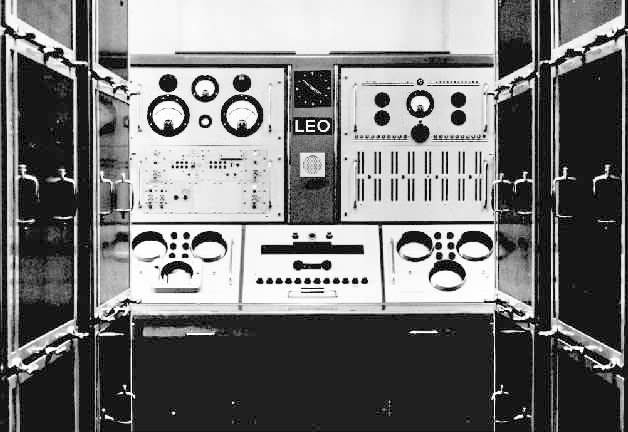This article is more than 1 year old
A history of personal computing in 20 objects part 1
From the 17th Century to the 1970s
Computing goes Commercial...
LEO

The world’s first business computer, LEO 1, was developed by bakery and restaurant chain Lyons in the late 1940s. It grew out of Cambridge University’s EDSAC (Electronic Delay Storage Automatic Calculator) project, itself inspired by ENIAC. The development of EDSAC was accelerated by Lyons managers, led by David Caminer (1916-2008) seeking to put the nascent computer technology to use making their post-War business operate more efficiently. EDSAC had the ability to store programs, though no high-level language to allow their creation. Lyons engineers nonetheless were able to use its 31 basic instructions to create a coded program - fed in on card rather than wired in place, as was the case with earlier computers - that was able to track and cost the labour and material of cakes, biscuits and bread moving through Lyons various profit centres.
DEC PDP-8


Digital Equipment Corporation (DEC) introduced the 12-bit PDP-8 - also known by the company as the ‘Straight 8’ - in March 1965. At a time when existing computers were large, room-sized systems, the PDP-8’s compact, fridge-sized design made it the first co-called “minicomputer”, a machine designed to provide computing power to small groups of people. It contained memory enough to hold 4096 12-bit words, while the unit’s processor ran to two registers. The CPU was operated using just eight instructions. DEC would go on to sell more than 300,000 PDP-8s and variants before discontinuing it in the mid-to-late 1970s, pushed out by the growing demand for truly personal computers.

